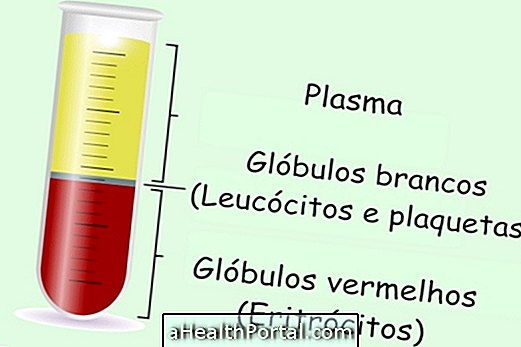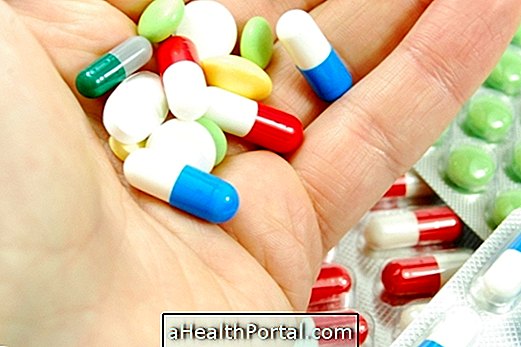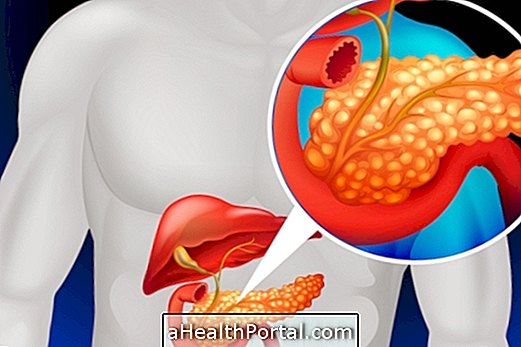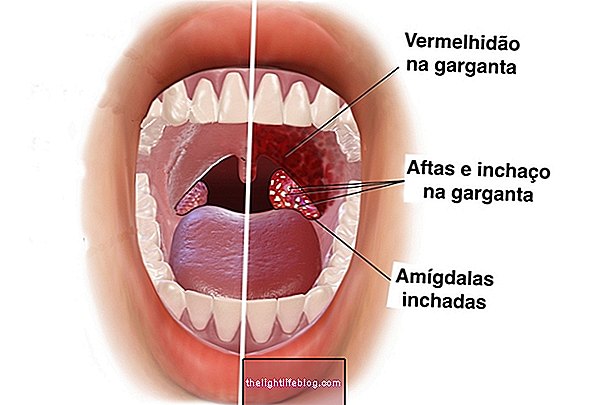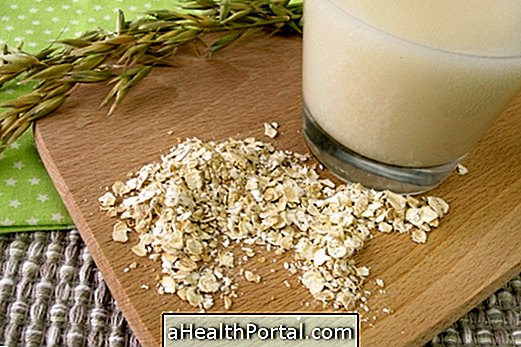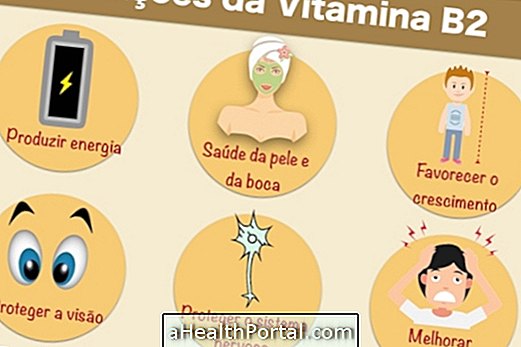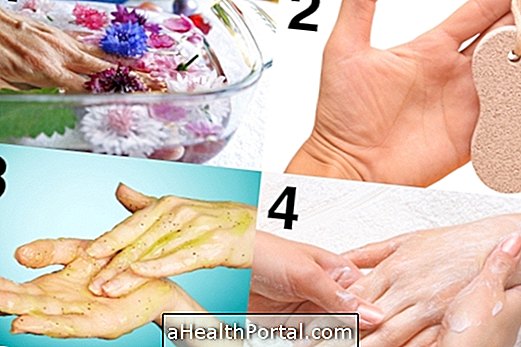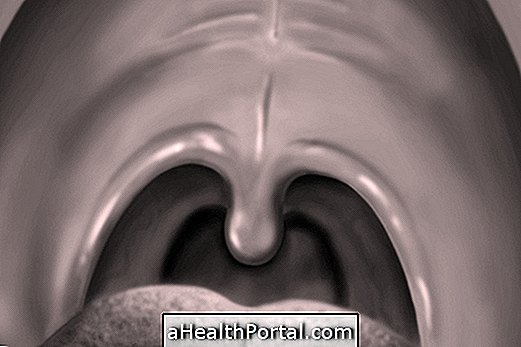The consumption of untreated water, also called raw water, can cause diseases such as diarrhea, typhoid, hepatitis A, intestinal infection caused by E. coli, leptospirosis, salmonella and other diseases such as cholera, rotavirus or noravirus.
This is because bacteria develop easily in water, and although this may happen in polluted rivers and lakes, water from crystalline sources can also be contaminated by some specific type of bacteria. Learn more about how to identify and treat diseases caused by contaminated water.
Some symptoms that may indicate that the water is contaminated include:
- Fever and chills;
- Abdominal pain;
- Loss of appetite;
- Bellyache;
- Vomiting and diarrhea.
In these cases, you should go to the health post or hospital to identify what is happening and start the appropriate treatment. In addition, one should avoid self-medication and consume only good water for drinking or mineral water to avoid dehydration, which can also become severe and can lead to death. See which signs of dehydration you should watch out for.
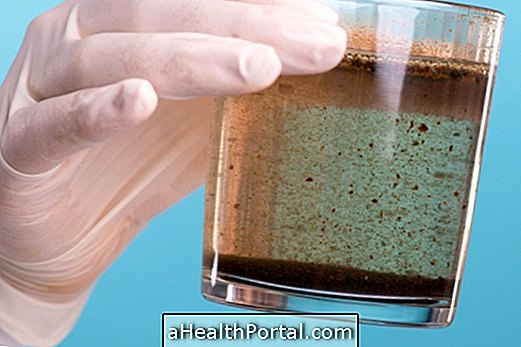
Signs that water should not be consumed
It can be suspected that the water is contaminated, and therefore it is unfit for consumption, when:
- We do not know where it came from;
- It looks dirty, muddy or muddy;
- Has some smell;
- Note small particles of suspended dirt in the water;
- It is not properly transparent, having a yellowish, orange or brownish coloration.
However, the water may also appear to be clean and yet be contaminated, and it is best to always opt for filtered water or bottled mineral water, which has been subjected to quality testing.
In suspicious waters, the Ministry of Health recommends using a simple strategy, which are the water filters one can take home or add a substance called sodium hypochlorite.
How to purify water for drinking
To make a water contaminated with water good for drinking, a solution called sodium hypochlorite, purchased at pharmacies and supermarkets, but also distributed by the government, must be used. Simply drip 2 to 4 drops of sodium hypochlorite for every 1 liter of water and wait 30 minutes to consume this water. See more details on sodium hypochlorite.
Boiling the water for 1 minute also helps to purify the water but does not solve the problem and therefore does not exclude the use of hypochlorite. In addition, in case of mercury contamination, water should not be boiled because mercury can pass into the air, increasing the risk of contamination.

These strategies are especially suitable for purifying water contaminated with fecal viruses, bacteria and coliforms, which can occur in cisterns, artesian wells, small wells and in case of contamination with rainwater. However, in case of flooding the best strategy is to not use dirty and muddy water because the mud is harder to be eliminated.
Water contaminated by sludge can be used through a process called decantation, which usually happens in water treatment companies in cities. A coagulant that can be used to remove mud from the water is black acacia polymer, an organic product, which does not harm health. This substance can separate the water from the mud, but after this process, the water still needs to be properly treated.


